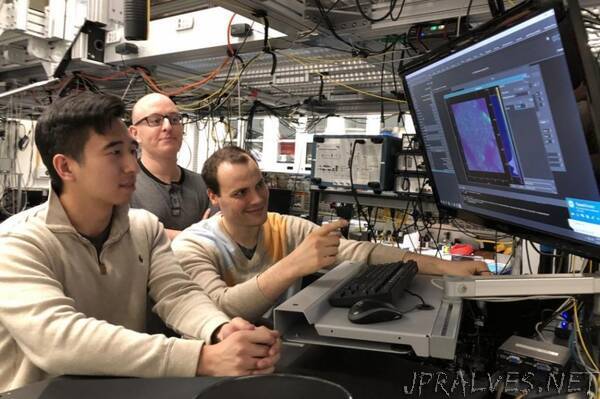
“Scientists in Chicago have developed a way to keep quantum states operating for longer periods of time — a breakthrough they say could accelerate the development of quantum communication, computing and sensing.
Hundreds of studies have hinted at the power of quantum mechanics, and scientists have predicted quantum technologies will provide a speed boost to computers, beef up cyber security, enhance the resolution of astronomical images and more.
For now, however, these applications remain relegated to the realm of theory. While scientists have successfully created quantum systems, they have proven delicate, unstable and frequently finicky.
One of the challenges of building useful quantum technologies is that most quantum systems remain operational, or “coherent,” for extremely brief periods of time, scientists say.
But, according to a study published this week in the journal Science, researchers at the University of Chicago claim to have developed a tweak that helps quantum states work 10,000 times longer than before.
“This breakthrough lays the groundwork for exciting new avenues of research in quantum science,” study author David Awschalom said in a news release.
“The broad applicability of this discovery, coupled with a remarkably simple implementation, allows this robust coherence to impact many aspects of quantum engineering,” said Awschalom, director of the Chicago Quantum Exchange. “It enables new research opportunities previously thought impractical.”
Quantum systems involve the storage and movement of information that is governed by quantum mechanics — the physics that describes the behavior of atomic particles.
Because quantum systems and states are so delicate — easily disturbed by background vibrations, temperature changes and interfering electromagnetic fields — they need extremely quiet, stable spaces to operate.
Traditional solutions to this problem, like physically isolating quantum states or using only extremely pure materials, are complex, expensive and impractical.
“With [our] approach, we don’t try to eliminate noise in the surroundings; instead, we ‘trick’ the system into thinking it doesn’t experience the noise,” said postdoctoral researcher Kevin Miao.
In the lab, researchers exposed their quantum system to electromagnetic pulses, which are normally used to influence the system, as well as a continuous alternating magnetic field. The team of physicists was able to tune the magnetic field to the rapid rotation of the electron spins inside their quantum system, causing the system to “tune out” interfering noise.
“To get a sense of the principle, it’s like sitting on a merry-go-round with people yelling all around you,” Miao said. “When the ride is still, you can hear them perfectly, but if you’re rapidly spinning, the noise blurs into a background.”
The trick kept the quantum system operational for a total of 22 milliseconds, four orders of magnitude greater than if the quantum system was left unshielded. Researchers used the same technique to tune out temperature fluctuations, physical vibrations and electromagnetic noise.
“This approach creates a pathway to scalability,” said Awschalom. “It should make storing quantum information in electron spin practical. Extended storage times will enable more complex operations in quantum computers and allow quantum information transmitted from spin-based devices to travel longer distances in networks.”
Researchers claim their method is relatively easy to execute, and that it could be used to reevaluate various quantum systems that were prematurely cast aside because they couldn’t achieve long-lasting coherence.”
